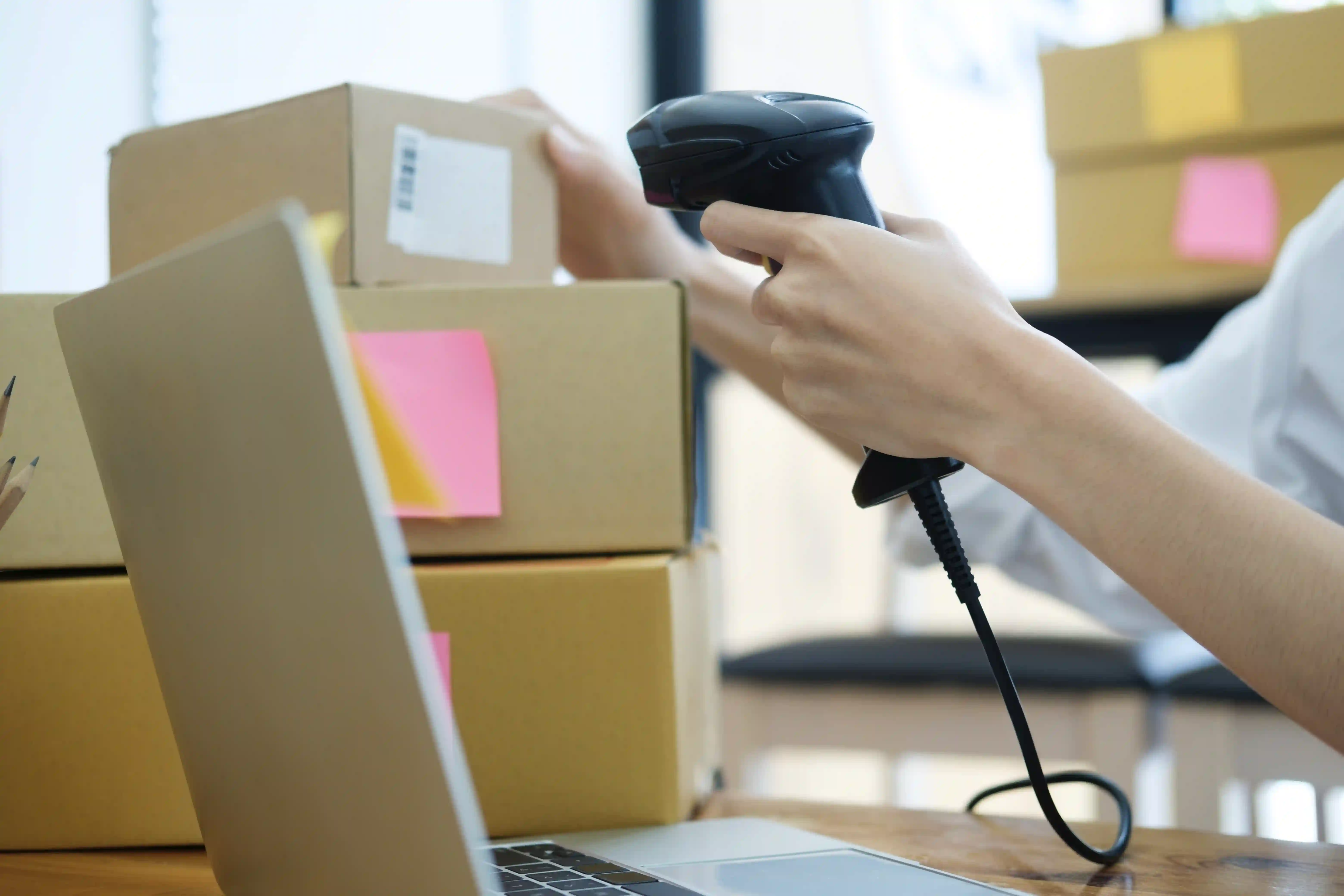Kodeclik Blog
What is Ucode?
The Ucode system is an ID system that is used to identify things in the real world uniquely. Digital information can be associated with objects and places, and the associated information can be retrieved by using Ucode. Ucode is application and technology-agnostic, and it is not tied to any specific application or business domain.
Ucode uses a 128-bit code for unique naming of things, and each Ucode is unique, with no other Ucode having exactly the same number.
Ucode is not tied to any specific application or business domain and is supported by the uID Center, a non-profit organization based in Tokyo, Japan. Ucode can be associated with various objects such as refrigerators, cars, plants, trees, vegetables, enabling tracking of metadata information associated with these objects.
For instance, if we associate an Ucode to a tree, we can store information such as species, age of tree, location (in latitude, longitude), and physical characteristics.
Ucode improves efficiency in real-world applications by enabling unique identification and tracking of objects, places, and content.
Ucode for packaging and shipping
Ucode is used for packaging and shipping to enhance accuracy, efficiency, and visibility throughout the supply chain process. Ucode tags enable full visibility as a package is warped and shipped, from the earliest stages of manufacturing to final delivery, making shipping and receiving more automated and inventory control faster and more precise.

Ucode in the food industry
For instance, in the food industry, by assigning Ucodes to food items we can track them as they go through the lifecycle of processing and make their way to stores and restaurants. Suppliers can monitor location and store important information such as lot number and expiry date, ensuring product quality and safety. Ucode enables constant monitoring of inventory and usage trends, leading to reduced overstocking and waste, increased productivity, and faster checkout experiences for customers.
Ucode in the factory
In an automobile plant, for instance, Ucode tags facilitate reliable machine condition monitoring, leading to a decrease in maintenance costs, increased equipment uptime, and improved accountability. Ucode makes it easier to track all the components required for vehicle assembly, simplifies the monitoring of parts being delivered from different suppliers, and holds suppliers more accountable for accuracy1. Additionally, Ucode-based tags facilitate better container management, allowing for easy inventory level management and prevention of container theft.
How many objects can be recorded using Ucode?
Ucode utilizes a 128-bit fixed length identifier system, and also provides a mechanism to extend the ucode length in units of 128 bits.
The Ucode system is application and technology-agnostic, and each ucode is unique, with no other ucode having exactly the same number. What this means is that different companies or organizations have their own convention for defining codes.
Please note that Ucodes of one company will mean something different from that used by a different company.
Because the length of a Ucode is 128 bits, technically you can store 2^128 different objects (although in practice you might adopt a convention such as: first 5 bits denote a country, next 3 bits denote a color, etc.).
Nevertheless, note that 2^128 is a really large number. The value of 2^128 is 340,282,366,920,938,463,463,374,607,431,768,211,456. This is an extremely large number, often expressed as "340 undecillion 282 decillion 366 nonillion 920 octillion 938 septillion 463 sextillion 463 quintillion 374 quadrillion 607 trillion 431 billion 768 million 211 thousand 456. Phew!!
What is the relationship between UCode and RFID?
Ucode and RFID (radio frequency ID) are related in the context of identification and tracking. The way Ucode is stored is in the form of various RFID technologies, such as smart IC cards, and active/passive RFID chips. By storing Ucode in RFID tags, we enable the identification and tracking of various items and concepts in real-world applications.
If you liked this blogpost and wish to learn about computing devices in the real world, learn how a capacitor works!
Checkout Kodeclik's Summer Camps and Classes! All through the calendar year, you can also sign up for 1:1 or small group classes.